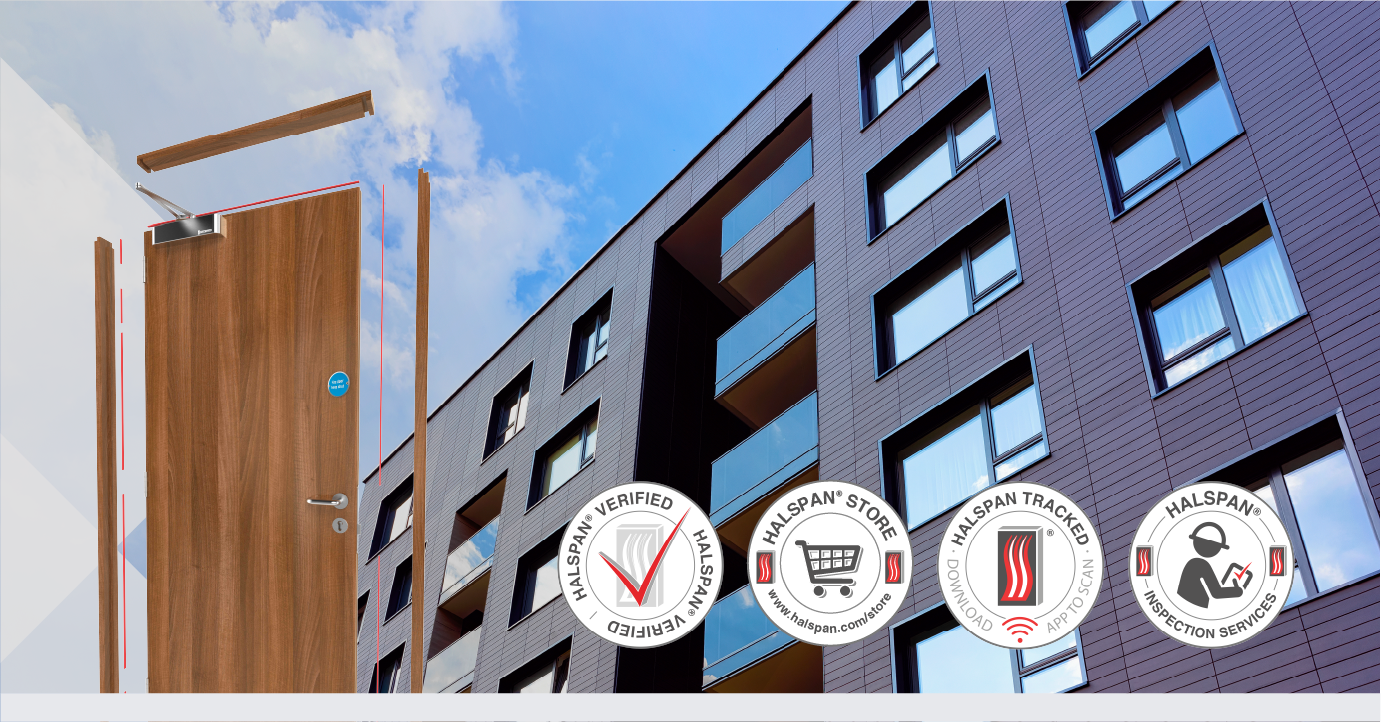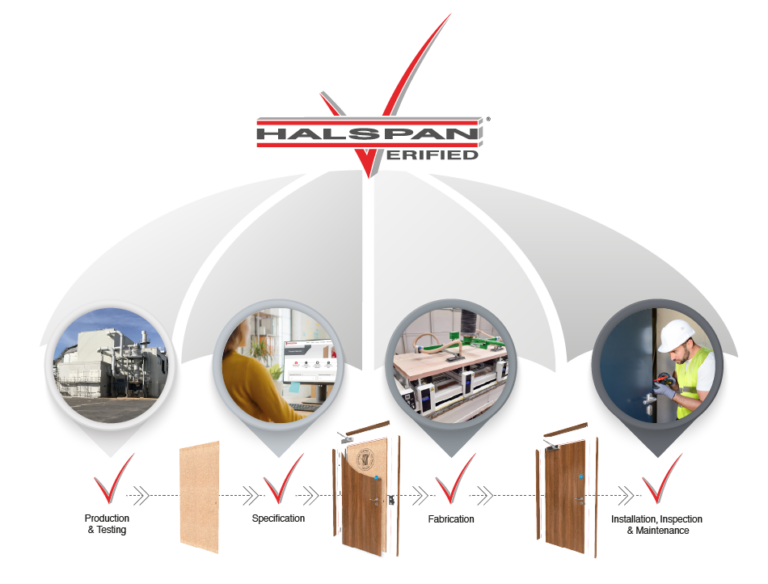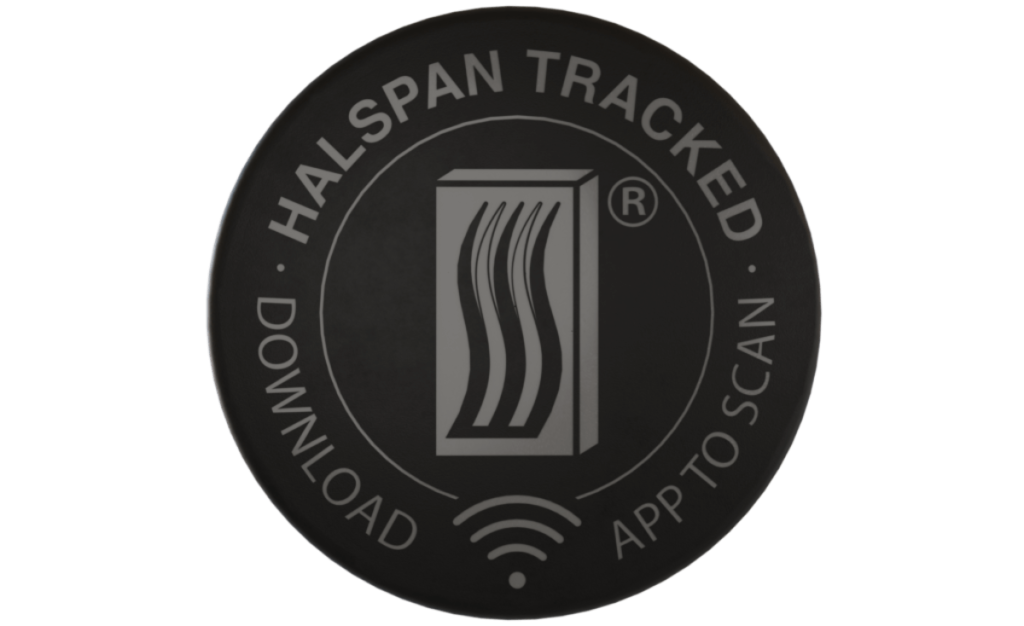Essential Fire Safety Elements of Tall Building Design
- techweb64
- May 15, 2023
- 5 min read
Updated: Mar 6
In the run up to the International Tall Building Fire Safety Conference 2023, we thought we’d pinpoint some of the essential fire safety elements of passive fire strategy in tall building design in relation to fire doors.

In tall buildings, relevant fire strategy considerations include safe evacuation, containment of fire and smoke, and protection of lives and property. A passive fire strategy involves measures to limit the spread of fire. Fire doors play a vital role in this strategy by containing fire and smoke, providing safe escape routes, and minimizing damage to lives and property during emergencies.
To ensure that fire doors are fully compliant you should consider the following steps:
Step 1. Production & Testing
Given the critical role they play, both in the compartmentalisation of a building and as a crucial means of escape, fire doors are right at the top of our list. But how do you ensure, in the words of the Building Regulations 2010, as amended, that they’re “adequate and proper”, appropriate for the circumstances in which they’re used, and prepared and used “so as adequately to perform the functions for which they are designed”?
In other words, how do you, as an architect, fabricator or installer ensure the fire doors you’re specifying are fit for purpose?
Firstly, you have to consider the fire door ‘system’ of essential components, often referred to as a doorset or door assembly. This system comprises the door blank at the core of the fire door, essential hardware (such as the door closer, lock and hinges) and seals (both between the door leaf and frame, and within the lock and hinges). These essential door system components must be manufactured to the highest standards, using consistent production techniques and to exact specifications.
When testing the fire-resisting capabilities of a doorset or door assembly, it’s vital that all these components are tested together, rather than individually. Why? Because this is the only way to see how they perform as a unit. Fire doorsets and door assemblies must also be tested to rigorous international fire safety standards to ensure they provide the level of protection they’re meant to, whether that’s 30 minutes’ fire resistance or 120. Only then will independent approved bodies provide the all-important third-party certification.
Durability is also key because unless a fire door is robust enough to withstand daily use – throughout its entire service life – it can’t be relied upon to fulfil all or any of its functions.
Step 2. Specification
So, when considering specification of fire doors in a given sector you should specify the full system of essential fire door components and ensure they have been tested together and certified for fabrication to the various modes and configurations required in your tall building design.
Step 3. Fabrication
The quality fabrication of fire door system components is crucial to ensure a compliant finished door system. Proper fabrication guarantees that the fire doors meet the required standards for fire resistance, durability, and functionality. This ensures the effectiveness of the fire protection measures and enhances overall fire safety in tall buildings.
Step 4. Installation, Inspection & Maintenance
The compliant installation of fire doors using qualified installers is of utmost importance. Proper installation ensures that fire doors function as intended, providing effective fire containment and protection. Qualified installers have the necessary expertise to ensure precise fitting, proper hardware installation, and compliance with fire safety regulations, enhancing overall building fire safety.
Halspan Verified
Developed in response to the review and aligned with the Building Safety Act 2022’s reforms, Halspan has developed a new quality assurance scheme, called Halspan® Verified – to address the four steps above in relation to fire safety elements of tall building design.
For a fire door to be fit for purpose – and remain so – you not only need to specify the right system of components; it also needs to be fabricated, installed and maintained correctly and to a consistent standard. Otherwise, there’s no guarantee it will perform as intended.
Answering Government’s call for a more joined-up approach to regulatory compliance, in which all the partners in a supply chain take accountability (the so-called ‘golden thread’) for the delivery of quality fire doors, Halspan® Verified ensures that each and every stage in the door supply chain is compliant – from production, testing and specification to fabrication, installation, inspection and ongoing maintenance.
What about some of the other roles involved in building fire safety?
The Building Safety Act 2022 requires ‘dutyholders’ such as building owners and facility managers to implement digital systems for record keeping, information monitoring, sharing and compliance for high rise residential and other in-scope buildings.
Halspan Tracker
Building on our long-standing commitment to improving fire safety in buildings and going hand in hand with Halspan® Verified, we have developed Halspan® Tracker – the simple way for building owners, facility managers and responsible persons to ensure the door systems and other fire safety assets they’re jointly responsible for comply with building regulations.
A better way of managing crucial fire safety assets, Halspan® Tracker provides a complete digital record of inspection and maintenance – in accordance with BS 8644-1, the British Standard for digital management of fire safety information – helping to ensure compliance and providing peace of mind for everyone involved. That’s our fifth essential fire safety element of tall building design.
As well as implementing digital systems, from January 2023 responsible persons also have to comply with new laws for checking fire doors.Under regulation 10 of the Fire Safety (England) Regulations 2022, responsible persons for all multi-occupied residential buildings in England with storeys over 11 metres in height are required to undertake: quarterly checks of all fire doors in the common parts; and annual checks of all flat entrance doors that lead onto a building’s common parts.
As a responsible person, you could carry out the checks yourself. But ask yourself this: do you have the necessary knowledge, skills, resources and systems to complete the checks, bearing in mind the potential risks, both to the building’s residents and yourself, given the penalties for non-compliance?
Maybe you could leave it to a Fire Risk Assessor as part of their overall Fire Risk Assessment of your building?
Halspan Inspection Services
It’s an option, but you should be aware that Fire Risk Assessors aren’t always fire door experts and, while they may comment on some clearly visible issues, they won’t carry out an in-depth inspection of all your fire doors.

If you want to know for sure whether a fire door is fit for purpose, then a detailed inspection, by an expert, is the sensible option, making Halspan® Inspection Services our last essential element of tall building design.
Our trained Inspectors will quickly and effectively identify which assets are compliant, which aren’t and what corrective action needs to be taken. We can also help to prioritise what should be done first, making the job of managing crucial fire safety assets easier.
Delivered by experts, Halspan® Inspection Services plays a key role in ensuring fire doors – and other vital fire safety assets – are installed and maintained correctly, complying with ever more stringent building safety regulations.
When people’s lives are at stake, you need to trust the experts.
Delivered by experts, Halspan® Inspection Services plays a key role in ensuring fire doors – and other vital fire safety assets – are installed and maintained correctly, complying with ever more stringent building safety regulations. When people’s lives are at stake, you need to trust the experts.
Get in touch here for more information on these products and services, and how else Halspan is helping to improve building fire safety.





